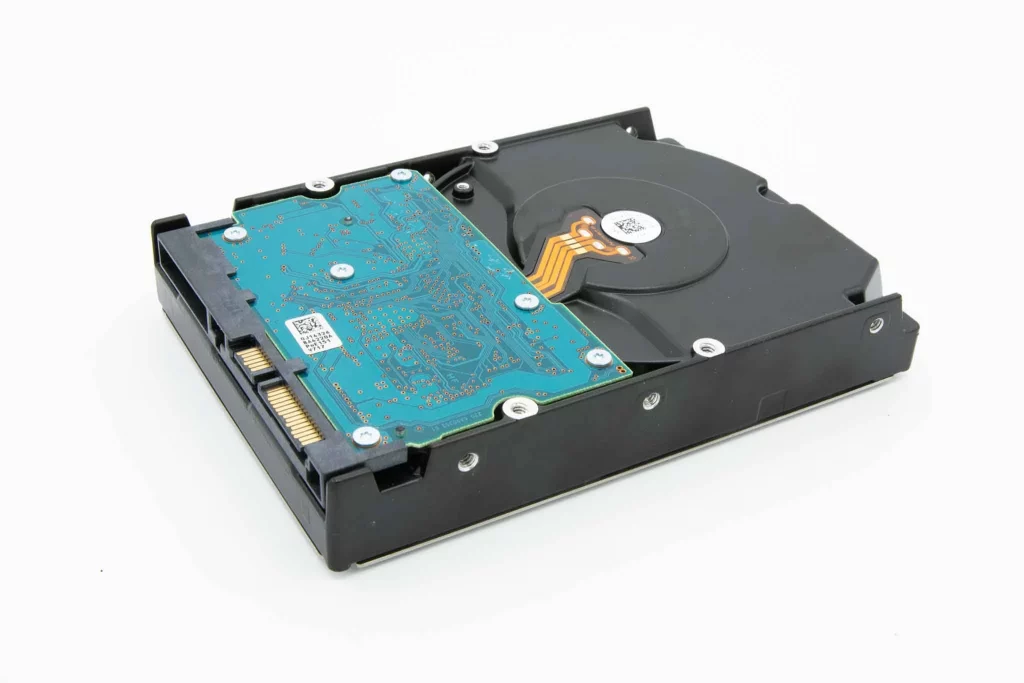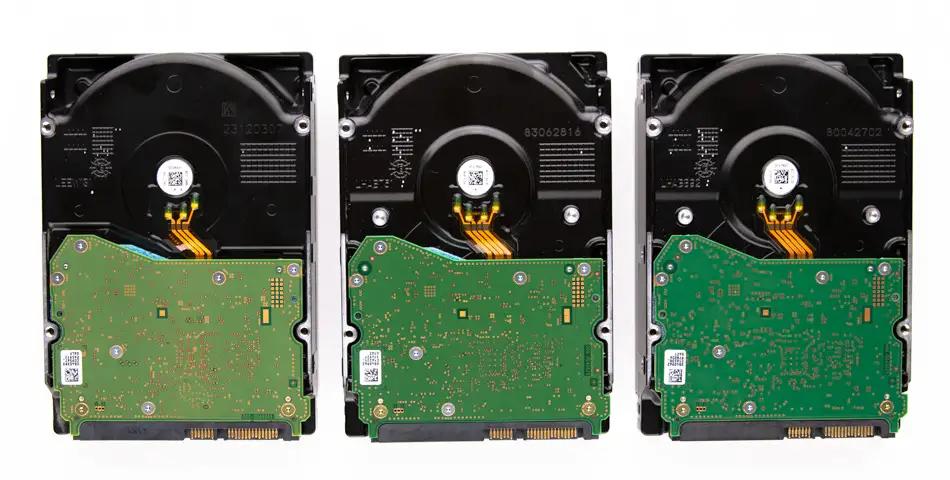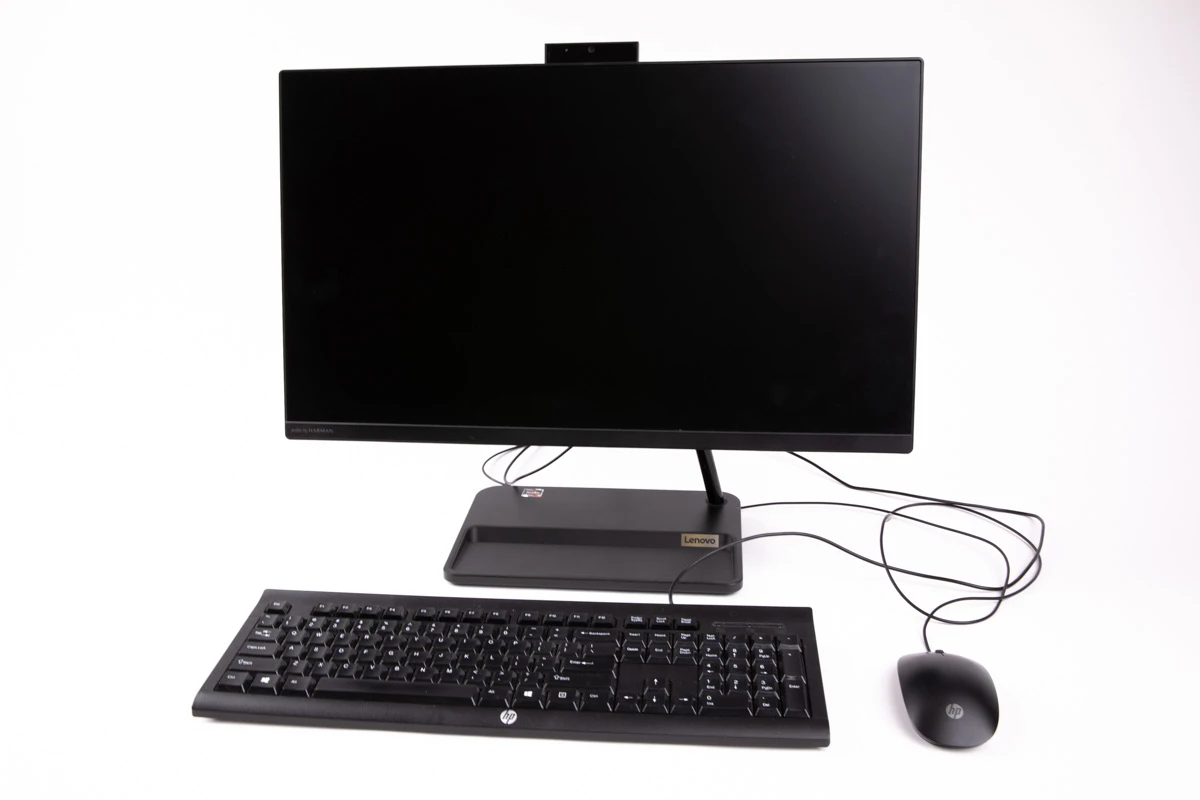If you are a regular user of a computer, you may have heard the term “defragmentation” before. It is a process that can help improve the performance of your computer by organizing the files on your hard drive. But what is computer defragmentation, and how does it work?
Computer Defragmentation Definition
At a basic level, defragmentation is the process of reorganizing the files on your hard drive so that they are stored in contiguous blocks. When you create, edit, and delete files on your computer, the operating system (such as Windows or macOS) keeps them in whatever free space is available on the hard drive.
Over time, this can lead to files being split up into multiple fragments scattered across different parts of the hard drive. When you try to access these files, the computer has to search for all the components and piece them back together, which can slow down your computer’s performance.
Defragmentation works by rearranging fragmented files so that they are stored in contiguous blocks. This means that when you access a file, the computer can read it more quickly since all the data is stored in one place on the hard drive. Defragmentation can also help free up space on your hard drive by consolidating small, unused spaces into larger, more usable ones.
Types of Computer Defragmentation
There are two main types of defragmentation: manual and automatic. Manual defragmentation involves running a tool on your computer which will analyze your hard drive and rearrange any fragmented files. This can be done through the built-in defragmentation tool in Windows or through third-party software.
Automatic defragmentation, on the other hand, is a feature that is built into some operating systems. With automatic defragmentation, the computer will automatically analyze and defragment your hard drive regularly without you having to do anything.
When You Should Defragment Computer

While defragmentation can be helpful in improving the performance of your computer, it is worth noting that it is not always necessary. Modern operating systems are designed to minimize fragmentation, and many computers come with solid-state drives (SSDs) instead of traditional hard drives. SSDs are less prone to fragmentation than hard drives since they use a different type of storage technology.
So when should you defragment your computer? If you are using a traditional hard drive, it is generally a good idea to defragment it every few months or so. If you are using an SSD, defragmentation is unnecessary and can shorten the drive’s lifespan.
It is also worth noting that defragmentation can take a while to complete, especially if you have a large hard drive with many fragmented files. During the defragmentation process, your computer may run more slowly than usual, so it is best to do it at a time when you do not need to use your computer for anything else.
In addition to defragmentation, there are other steps you can take to improve your computer’s performance. One is to regularly clean up your hard drive by deleting files you no longer need and uninstalling programs you do not use. Another is to run antivirus software to remove any malware or viruses that may be slowing down your computer.
Risks of Computer Defragmentation
While computer defragmentation can be a useful tool for improving the performance of your computer, there are also some risks associated with this maintenance task. One of the main risks of defragmentation is the potential loss of data. While modern defragmentation tools are designed to be safe and reliable, there is always a small risk that something could go wrong during the process.

For example, if your computer crashes or loses power during defragmentation, you could end up with lost or corrupted data. To minimize this risk, it is a good idea to back up your important files before defragmenting your hard drive.
Another risk of defragmentation is that it can be time-consuming, particularly if you have a large hard drive with many fragmented files. During defragmentation, your computer may run more slowly than usual, which can be frustrating if you need to use it for other tasks. It is important to schedule defragmentation when you do not need to use your computer and to be patient.
Overall, the risks of defragmentation are relatively small compared to the potential benefits, particularly if you are using a traditional hard drive. However, it is important to be aware of these risks and to take steps to minimize them, such as backing up your data and scheduling defragmentation for a time when you do not need to use your computer.
By being mindful of the risks, you can ensure that defragmentation is a safe and effective tool for improving the performance of your computer. However, it is important to note that defragmentation is not always necessary and, in some cases, may even be harmful, particularly if you’re using an SSD. As with any maintenance task, it is important to weigh the benefits against the potential risks and only perform defragmentation when it is actually needed.
